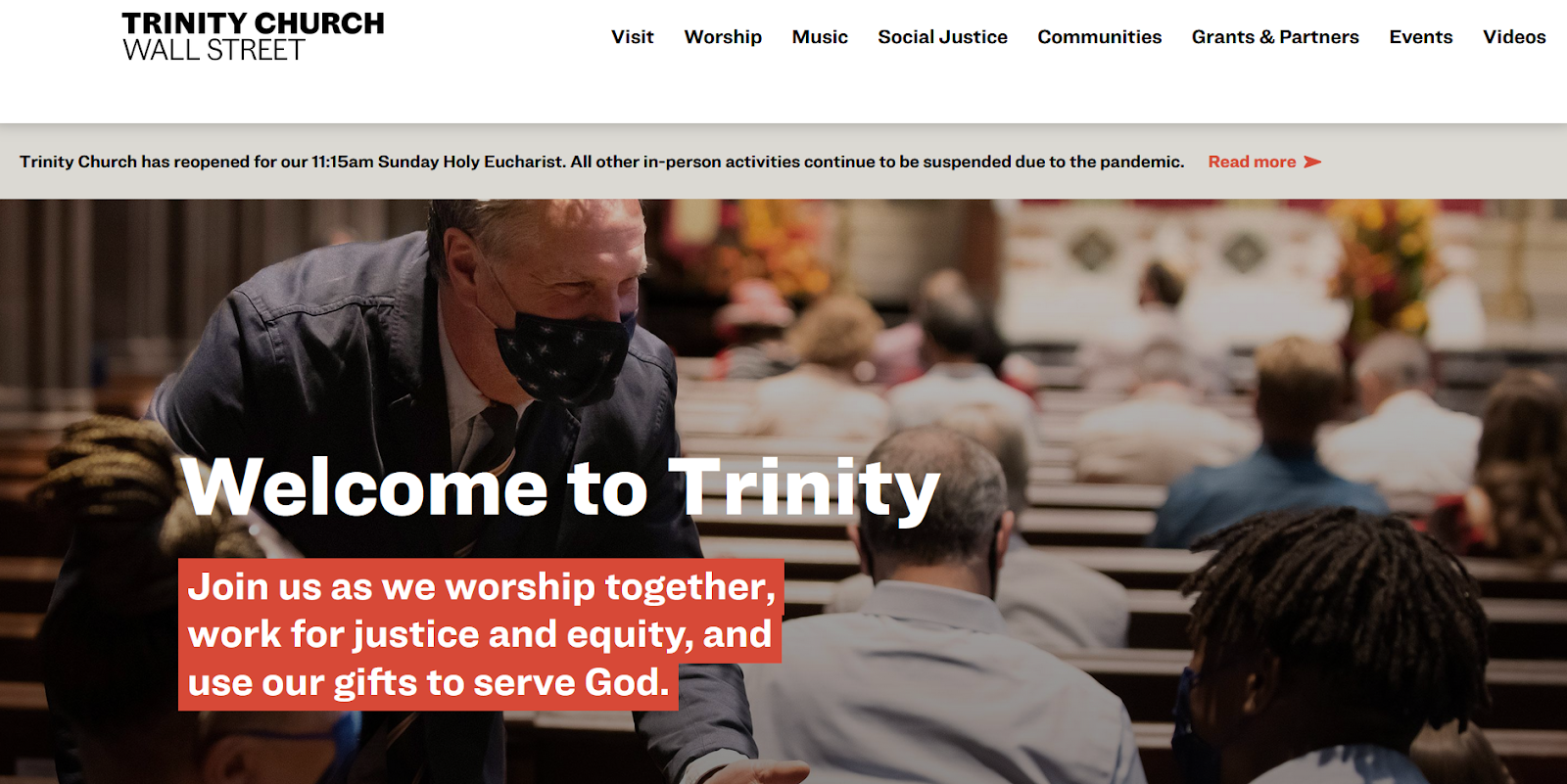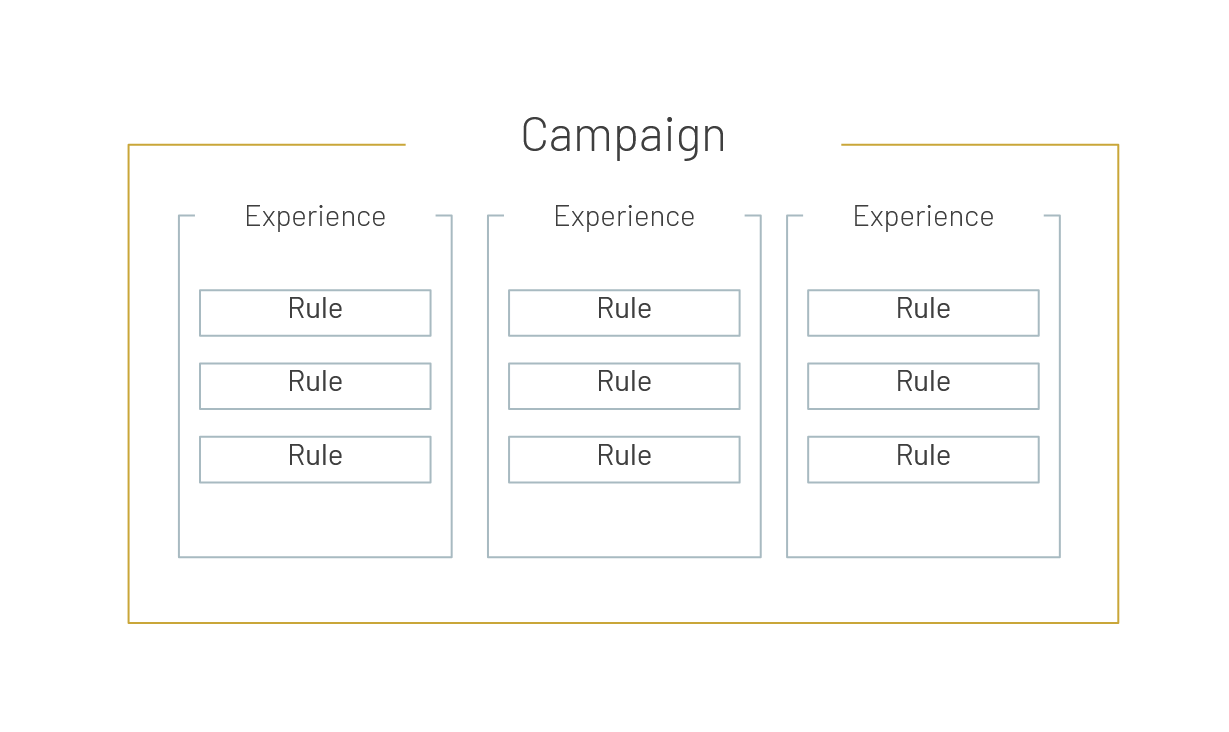Blog Insights
Personalization for Better Engagement
This post is co-authored by Feru Deshong, BSc ’23 Babson College & Beatrice Mhando, BSc ’22 Vanderbilt University
Website personalization relies on data to optimize the content on a website to cater to a particular visitor. Whether a returning or a new user, they get a custom experience rather than a broad one. Optimizing your content with personalization allows for audiences to interact with the most applicable content for them, thus creating a better, more engaging user experience.
Optimizing website content requires analyzing the hierarchy of information on a platform to improve website traffic and outreach. These digital strategies work hand-in-hand to elevate a website.
As we explored in our recent webinar on web personalization, personalization puts an organization at an advantage to get better website performance. Savvy organizations use these tools because they understand the value and use of the data they have directly from user behavior. By using personalization, they are not only saving themselves the time of constantly redesigning their website, but are also saving budget by utilizing existing resources. Using data to organize your content from most to least impactful will entice visitors to stay longer and experience helpful content and engaging conversational tools.
Forum One’s website personalization tool
Web personalization is not a new concept, with many applications available that allow you to achieve personalization through different approaches. For example, you can make use of Optimizly as a cloud-based solution, or Smart Content as a CMS-specific approach. What all these applications lack, however, is the flexibility to tailor experiences for their audiences within these systems.
As Forum One works primarily with open-source software platforms, such as Drupal and WordPress, we created a tool that allows administrators to utilize the benefits of a CMS. This gives content administrators an easier and more consistent way to both edit and provide customizations for content, which in turn allows for a more personalized experience anywhere content is displayed.
To effectively do this, we use a common marketing strategy of user segmentation, in which we divide our website visitors into different groups based on similar characteristics gathered from user data. Once these characteristics have been defined, it makes it easier to personalize a user’s experience.
While creating this tool, we had four goals in mind:
- Make it easy for audiences to find content they care about
- Create an easy-to use personalization and content delivery system
- Utilize what the CMS system already provides to display content
- Provide a “plug and play” system that is flexible enough to fulfill new requirements
Web Personalization for Trinity Church Wall Street

We initially developed this solution for Drupal, for Trinity Church Wall Street’s new website. For over a year, we have worked with the Trinity Church team to create a new platform that better reflects their mission, history, and philanthropic impact with their congregation and community.
Audiences typically gravitate towards websites that prioritizes their goals & interests. As a user, you’d want to feel valued when going online. Personalization allows content administrators to achieve this by providing unique experiences that drive user engagement.
Trinity Church has a user base with a variety of interests and goals, and personalization can guide their users to have unique experiences.
As the goals stated before in mind, we can break the architecture of this solution into three parts:
- Administration: backend interface for our personalization solution
- Discovery & user modeling: frontend application to learn more about user site behavior
- Fulfillment: displaying the personalized content
1. Administration
First and foremost, we want to make the tool easy for content creators to tailor personalized experiences. We did this by organizing each personalized content into campaigns, which are grouped experiences. Experiences are central to administering personalized content, with rules that contain business logic for displaying such content.
 Campaigns help organize a website in terms of where to improve user engagement. Campaigns also control the visibility of experiences, allowing content creators to decide which experiences should or should not be visible. Campaigns allow content creators to have full autonomy to edit campaigns without the help of a developer, so that the interface is easy to use.
Campaigns help organize a website in terms of where to improve user engagement. Campaigns also control the visibility of experiences, allowing content creators to decide which experiences should or should not be visible. Campaigns allow content creators to have full autonomy to edit campaigns without the help of a developer, so that the interface is easy to use.
As we’ve said before, experiences are central to the personalization tool created. As a vehicle for content, it can be treated like content to allow admins to edit as needed with reduced complexity.
As the final level of the hierarchy, rules are where user segmentation happens. This allows us to direct users to different topics that they are interested in using set conditions. As an example, if a user is interested in Social Justice, we can utilize a rule that will display upcoming events related to Social Justice. These conditions can be set based on a user’s interaction with a site, or as a default condition. When utilizing this approach via Drupal, it allows the ease of adding an experience anywhere you can place a node or custom block.
2. Discovery and User Modeling
Discovery is the gathering of information about the user’s interests and interaction with the site. This is done by providing metadata based on industry standard protocols on each page. These are characteristics of your users dependent on their interactions with your website.To make the tool more flexible and easier to use across other content management systems, we used an industry standard for discovery to make it easier for our solution to be applicable to other platforms.
This is done using the Resource Description Framework (RDF) that takes the information we want discovered and formats it in a way that is easy for a browser to share as metadata.
3. Fulfillment
Lastly we look back to our initial goal of delivering personalized content. We give the user a more personalized experience through content such as text, media, and dynamic lists. This is all done in the front end to avoid mixing the content with the rest of the content provided by the content management system. As a page is loaded, a placeholder is created with a reference to the experience data that it corresponds to. This information is stored in a user model that is then passed on to the backend, which evaluates rules based on the provided data.
End result: a user-friendly personalization tool
Web personalization can be a powerful tool when utilized properly. It provides a unique and valuable experience to users that increases their engagement. Our new web personalization tool allows content creators to utilise CMS-approaches that allows a flexible and user-friendly interface that can be operated without the use of a developer. Stay tuned as we plan on releasing it on Drupal.org as an open source solution for all to use!
